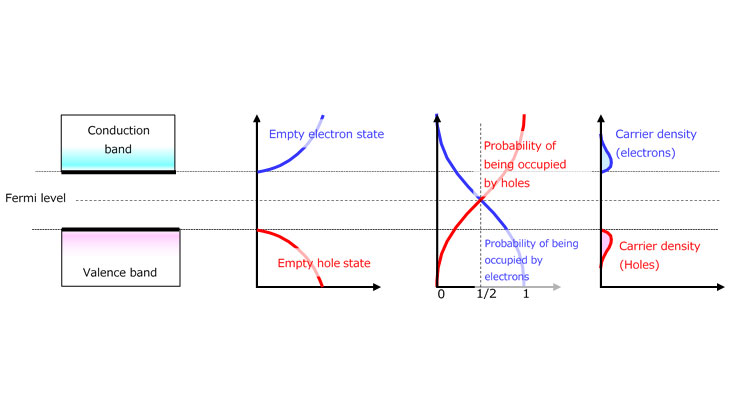- 型号 & 关键词搜索
- 交叉搜索
- 参数搜索
- 库存查询与购买
This webpage doesn't work with Internet Explorer. Please use the latest version of Google Chrome, Microsoft Edge, Mozilla Firefox or Safari.
请输入3个以上字符 Search for multiple part numbers fromhere.
The information presented in this cross reference is based on TOSHIBA's selection criteria and should be treated as a suggestion only. Please carefully review the latest versions of all relevant information on the TOSHIBA products, including without limitation data sheets and validate all operating parameters of the TOSHIBA products to ensure that the suggested TOSHIBA products are truly compatible with your design and application.Please note that this cross reference is based on TOSHIBA's estimate of compatibility with other manufacturers' products, based on other manufacturers' published data, at the time the data was collected.TOSHIBA is not responsible for any incorrect or incomplete information. Information is subject to change at any time without notice.
请输入3个以上字符
1-2.本征硅半导体的特性
导带中的电子和价带中的空穴可自由移动,携带电荷。因此,它们被称为电荷载流子或简称为载流子。电荷载流子的数量决定了电流的大小。此处省略了载流子密度的详细公式,但可计算为:


图1-7显示了未掺杂硅的能态。它在导带中具有非常少的电子,在价带中具有非常少的空穴。由于能级相同,这些电子和空穴在材料中自由移动,因此其载流子密度变得均匀。
下图分别显示了n型半导体和p型半导体的载流子密度曲线。



